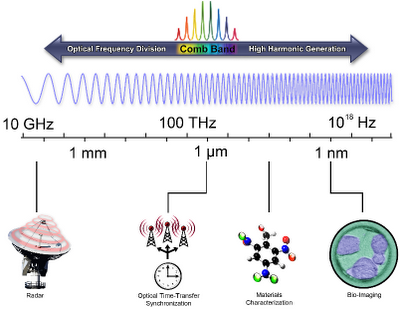

| Visitors Now: | |
| Total Visits: | |
| Total Stories: |

| Story Views | |
| Now: | |
| Last Hour: | |
| Last 24 Hours: | |
| Total: | |
DARPA Ultrafast Pulsed Lasers
From
1. A Navy ship at sea is surrounded by water, with nothing but its carrier group in site, and searches the skies for activity overhead. Isolated radars on each ship in the group scan independently of each other with limited effectiveness. But consider if all of the ships’ radars could be coherently linked to function as one. Such a capability would improve the range and resolution of each radar system, making it possible to identify and characterize objects further away and with greater fidelity.
2. Conventional X-ray machines provide images of bones and organs that help doctors make crucial decisions regarding patient care. They cannot, however, resolve structures at the cellular level. Imagine having access to a table-top x-ray imager that could not only image a single cell, but also the nucleus, ribosomes and other components that make it up; and not only as a flat image, but in 3-D. Such information would be invaluable for testing responses to candidate drugs and discovering new treatments.
These two very different applications are not science fiction and could be enabled by the same basic technology: ultrafast, pulsed lasers operating at optical wavelengths.
See more and subscribe to NextBigFuture at 2012-08-10 12:09:32 Source: http://nextbigfuture.com/2012/08/darpa-ultrafast-pulsed-lasers.html
Source:



